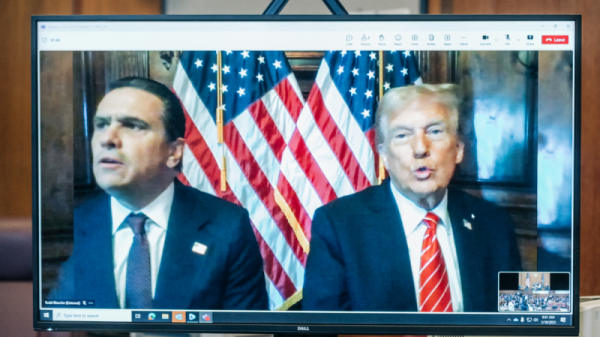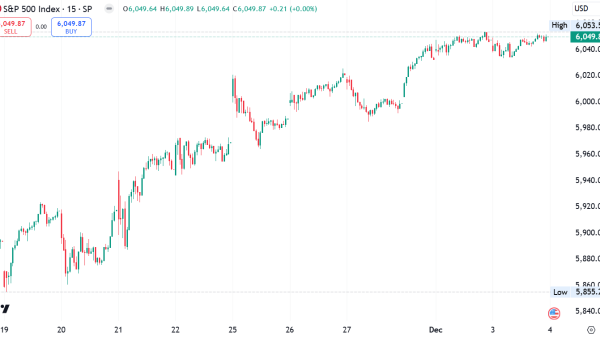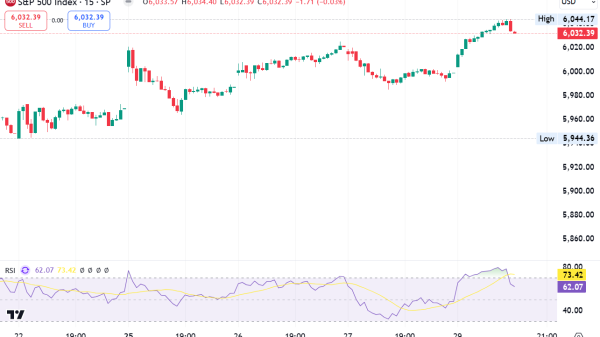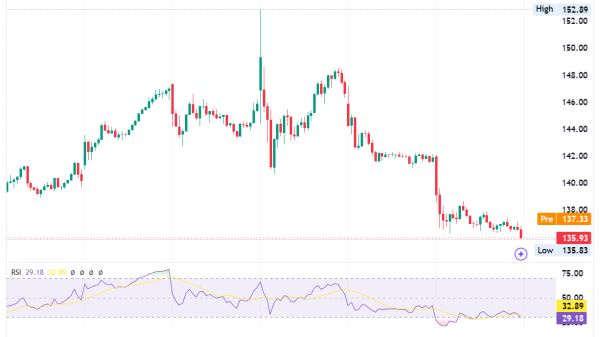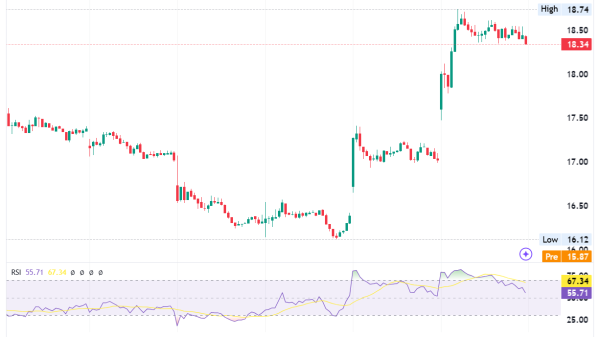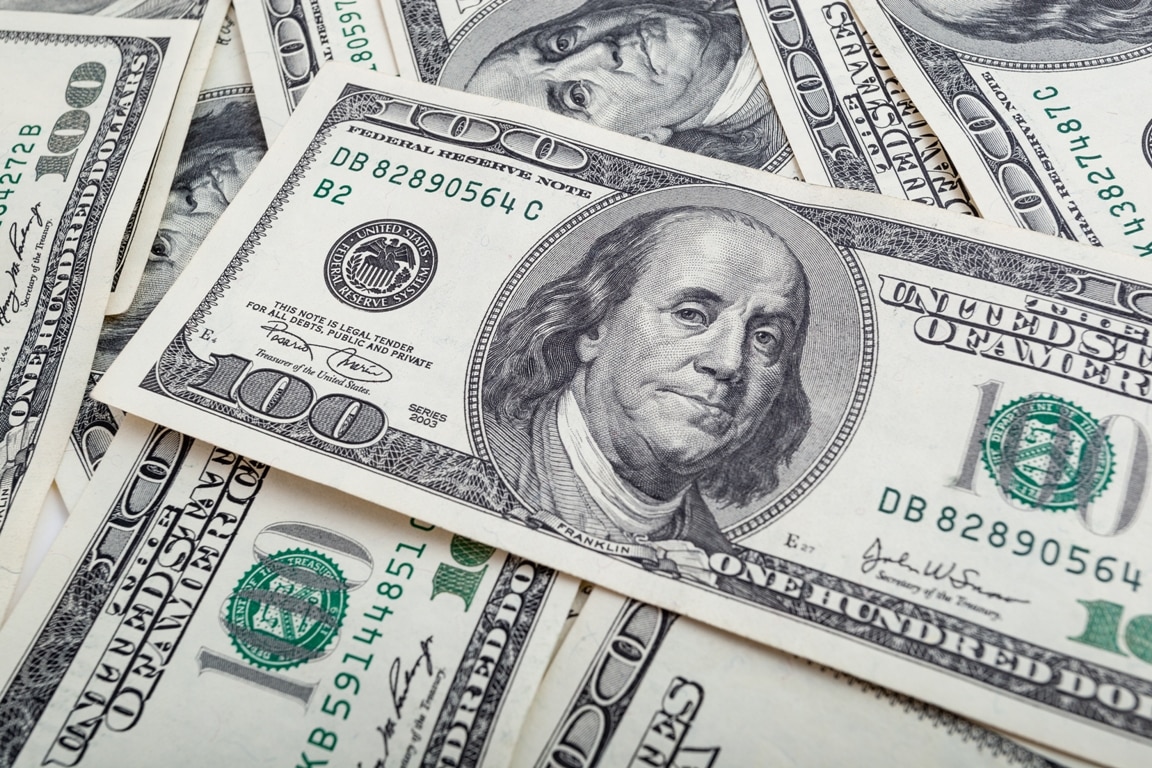U.S. Dollar Fluctuates Amid Global Central Bank Dynamics
In the dynamic world of international finance, the U.S. dollar remains a focal point, experiencing fluctuations influenced by central bank decisions, market expectations, and economic data. Recently, the dollar’s rally has paused, providing an opportunity to reflect on the intricacies of its movements. The unfolding Bank of Japan meeting and evolving expectations from the Federal Reserve are crucial to the current state of the dollar, prompting analysis and exploration of avenues for buying dollars at the best rate.
The Japanese Yen’s Dance and Currency Options
Japan’s yen, a significant currency player, has recently shown notable fluctuations. From its weakest point in a month at 148.80 per dollar, it rebounded to 147.74, demonstrating market dynamism. This volatility is a response to the Bank of Japan’s two-day meeting, where expectations for an exit from negative rates have diminished. The New Year’s Day earthquake and dovish BOJ commentary have influenced these expectations. Traders are now focusing on the expiry of substantial currency options totalling around $2.6 billion, causing shifts in the dollar exchange rate.
Rong Ren Goh, Fixed Income Investments Director at Eastspring Investments, notes that these options are speculative plays on a potential breakout, contingent on BOJ policy signals. As these options expire, the yen may experience choppy movements, but the dollar-yen trajectory will still largely depend on U.S. rates unless the BOJ announces a significant policy change. The British pound, trading at $1.2698, remains stable for the day. Last week, it declined following data indicating the sharpest fall in retail sales in three years. Despite this, the pound is buoyed by persistent inflation and the perception that the Bank of England (BoE) is less inclined to quickly reduce rates compared to the ECB or the Federal Reserve.
Fed Rate Cut Expectations and Market Dynamics
The U.S. dollar’s trade-weighted index has seen a marginal decline, standing at 103.19. Against the euro, it is steady at $1.0892. The dollar’s rally this year reflects investors’ uncertainty in anticipating the Federal Reserve’s interest rate stance. Last week’s data, showing U.S. economic resilience despite high-interest rates, led to a recalibration of market expectations. Initially expected in March, traders now project rate cuts to commence in May.
The disparity between market expectations and the Federal Reserve’s dot plot complicates the U.S. dollar’s trajectory. While interest rate futures suggest rate cuts in May, the Fed’s projections indicate a more cautious approach. This dissonance has contributed to the dollar’s erratic movements, leaving investors uncertain about the optimal time to buy dollars.
Navigating Opportunities: Buying Dollars Online and Seeking the Best Rates
In the midst of central bank decisions and market speculations, individuals and businesses seeking to buy dollars can turn to online platforms for convenience and efficiency. Financial technology advancements have made currency exchange more accessible, with online platforms often offering competitive rates. Users can compare rates, track market trends, and transact with ease, which is especially beneficial for substantial amounts where small rate differences can lead to significant savings. Online solutions for buying dollars provide flexibility and align with modern business needs.
In the upcoming week, significant events include policy meetings by the European Central Bank (ECB), Canada, and Turkey on Thursday, alongside a busy earnings season and disruptions in the Red Sea affecting global trade. The ECB policy meeting is particularly noteworthy, with a leaning towards a rate cut later and less aggressive than market expectations. Analysts are closely monitoring the situation, challenging the ECB’s inflation outlook and projecting up to five cuts throughout the year.
Charting the Course in U.S. Dollars
As the U.S. dollar takes a pause amidst global economic dynamics, the interplay of central bank decisions, market expectations, and online dollar-buying platforms shapes the narrative. The yen’s fluctuations against the dollar and the Federal Reserve’s evolving stance add layers of complexity. A nuanced understanding is essential for those seeking the best dollar rates. Online platforms have emerged as efficient tools for participating in currency exchange. Moving forward, the U.S. dollar’s trajectory will continue to influence global markets, underscoring the importance of staying vigilant and informed in this complex financial environment.
The post U.S. Dollar Fluctuates Amid Global Central Bank Dynamics appeared first on FinanceBrokerage.




